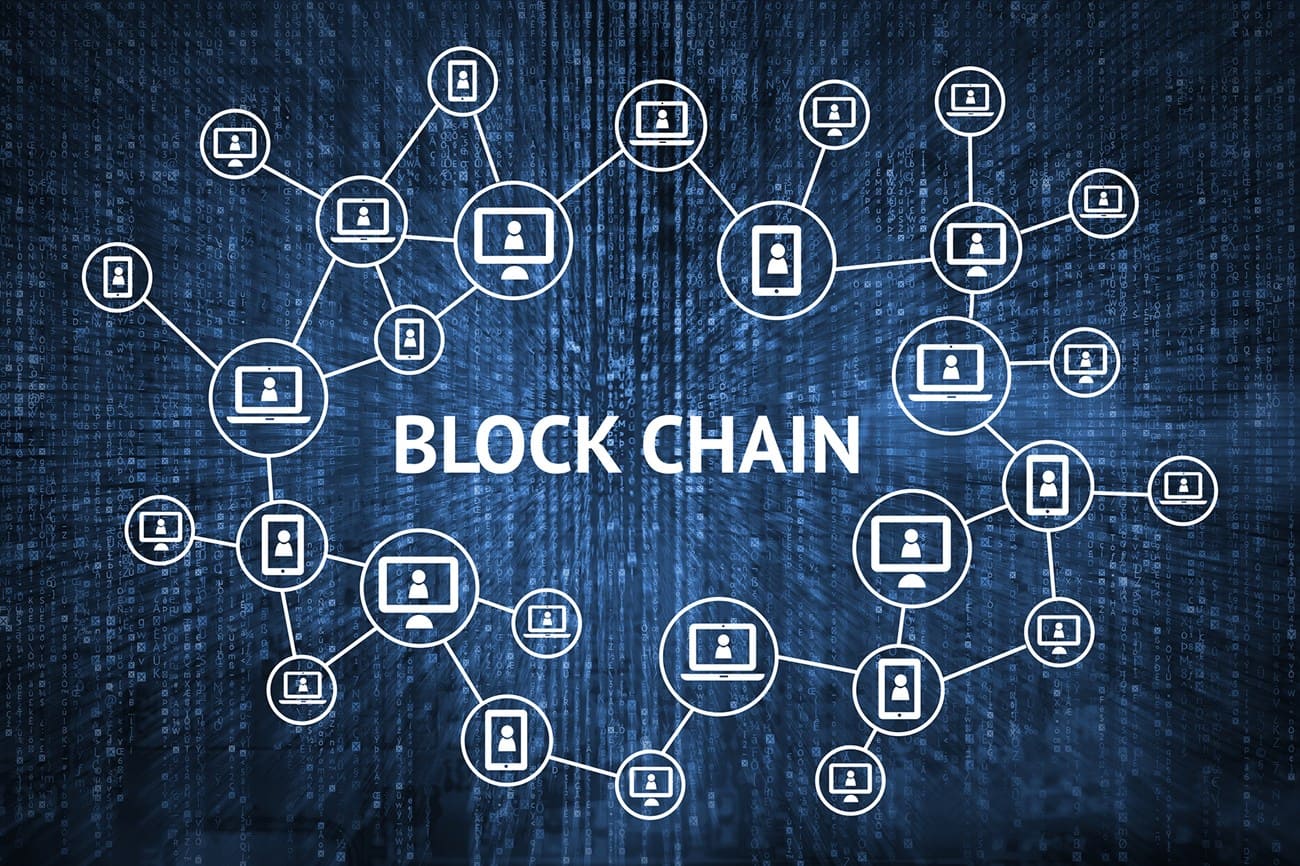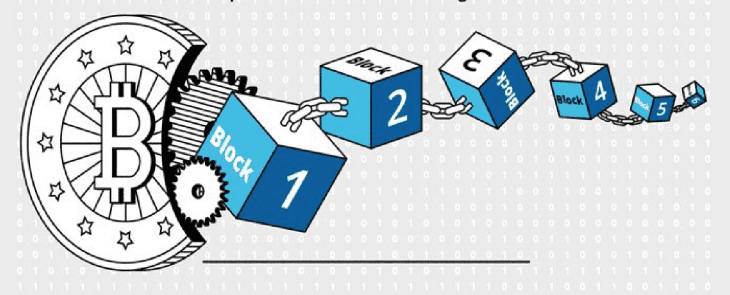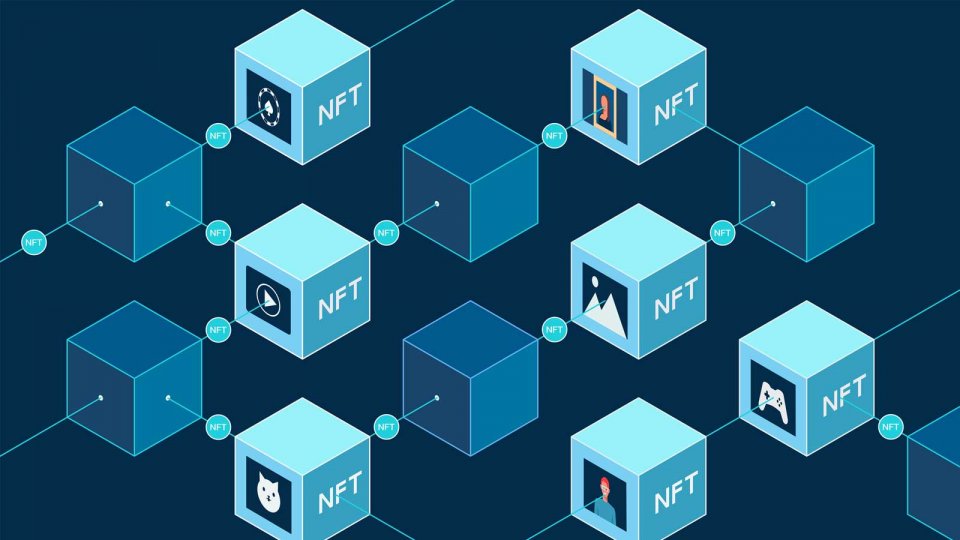What Is Blockchain and How Does It Work?
What Is Blockchain?
Blockchain is a decentralized digital ledger designed to store and transfer information in a way that is transparent, secure, and tamper-proof.
Simply put, blockchain works like a shared accounting book — every transaction is recorded and verified by thousands of computers across the globe, rather than being controlled by a single entity.
The word blockchain comes from two parts:
-
Block: a container that stores transaction data.
-
Chain: a sequence of these blocks linked together chronologically.
Whenever a new transaction occurs, it’s recorded in a new block and added to the end of the chain once verified by the network. This structure ensures integrity and transparency, making blockchain one of the most trusted technologies in the digital era.
You can read the related article: What Is Cryptocurrency and How Does It Work?

How Does Blockchain Work?
Understanding how blockchain operates can be broken down into four simple steps:
Step 1: A transaction is initiated
When a user sends or records a transaction (e.g., transferring Bitcoin), the data is broadcasted to a peer-to-peer network of computers, known as nodes.
Step 2: Verification by the network
These nodes validate the transaction using consensus mechanisms like Proof of Work (PoW) or Proof of Stake (PoS) — ensuring the transaction is legitimate without the need for a central authority.
Step 3: The transaction is added to a block
Once verified, the transaction joins others inside a block. Each block includes a unique cryptographic hash, timestamp, and data from previous transactions.
Step 4: The block is linked to the chain
Each new block references the hash of the previous block, forming a continuous and immutable chain.
If someone tries to alter one block, it would break the link to all following blocks, immediately revealing the tampering attempt.

Key Features of Blockchain Technology
Blockchain has gained massive attention across industries because of its unique characteristics:
-
Decentralization: No banks or third parties control the network.
-
Transparency: All records are publicly verifiable.
-
Security: Data is encrypted and distributed across many nodes.
-
Immutability: Once confirmed, transactions cannot be changed.
-
Automation: Smart contracts allow automatic execution of agreements without human intervention.
Real-World Applications of Blockchain
While blockchain first became popular through cryptocurrencies, its potential extends far beyond digital money.
Finance and Banking
Blockchain makes international money transfers faster, cheaper, and more secure by removing intermediaries.
Crypto exchanges like BITGP leverage blockchain to ensure transparency and safety for their users.
Supply Chain Management
Companies can trace products from their origin to end consumers, improving authenticity, reducing fraud, and optimizing logistics.
Healthcare
Blockchain securely stores medical records, giving patients control over their health data while enabling secure sharing with doctors and hospitals.
Real Estate and Legal Contracts
Smart contracts enable transparent, automated agreements that reduce paperwork and eliminate the need for intermediaries such as notaries.
Digital Art and Entertainment
NFTs (Non-Fungible Tokens), built on blockchain, allow artists and creators to sell unique digital assets with verifiable ownership and authenticity.

Advantages and Challenges of Blockchain
Advantages
-
Eliminates intermediaries → lower transaction costs.
-
Improves efficiency and transaction speed.
-
Enhances data security through encryption and decentralization.
-
Ensures transparency and trust between parties.
Challenges
-
Some blockchains still process transactions slower than centralized systems.
-
Energy consumption remains high for PoW-based networks.
-
Legal and regulatory frameworks are still evolving in many regions.
-
General public understanding of blockchain remains limited.
The Future of Blockchain and Digital Finance
Experts believe blockchain will become the backbone of the digital economy in the coming decade.
When integrated with AI, Big Data, and IoT, it can unlock new efficiencies in finance, logistics, education, and even governance.
In Vietnam and across Southeast Asia, blockchain is rapidly being adopted in agriculture, logistics, and digital finance.
This is why BITGP, a next-generation crypto exchange built for the region, places blockchain at the core of its digital financial ecosystem — ensuring transparency, trust, and innovation for every user.
Conclusion
Blockchain is far more than the technology behind Bitcoin or Ethereum — it’s a revolution in how humans establish trust and exchange value.
Its transparency, immutability, and decentralization are setting the foundation for a new era of digital finance and data integrity.
Ready to Start?
Register your BITGP account today and join Vietnam’s fastest-growing crypto community.
Follow us on Twitter and Telegram for campaign updates, airdrops, and industry insights.
🌐 Visit bitgp.com to learn more.

